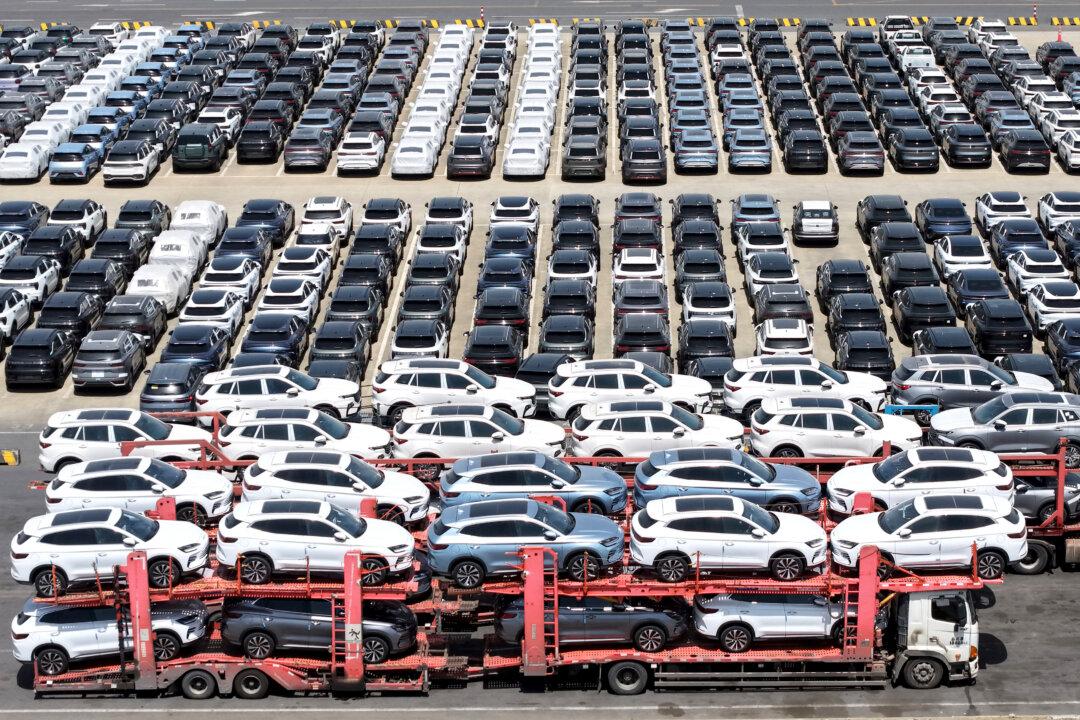GENEVA—World trade shrank by 0.3 percent in the fourth quarter of 2018 and is likely to grow by 2.6 percent this year, slower than 3.0 percent growth in 2018 and below a previous forecast of 3.7 percent, the World Trade Organization said on March 2.
In its annual forecast, the WTO said trade had been weighed down by new tariffs and retaliatory measures, weaker economic growth, volatility in financial markets and tighter monetary conditions in developed countries. It forecast in September that 2018 growth would be 3.9 percent, down from 4.6 percent in 2017.




